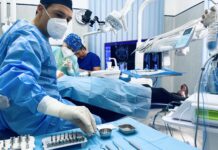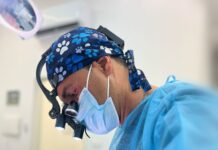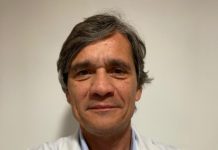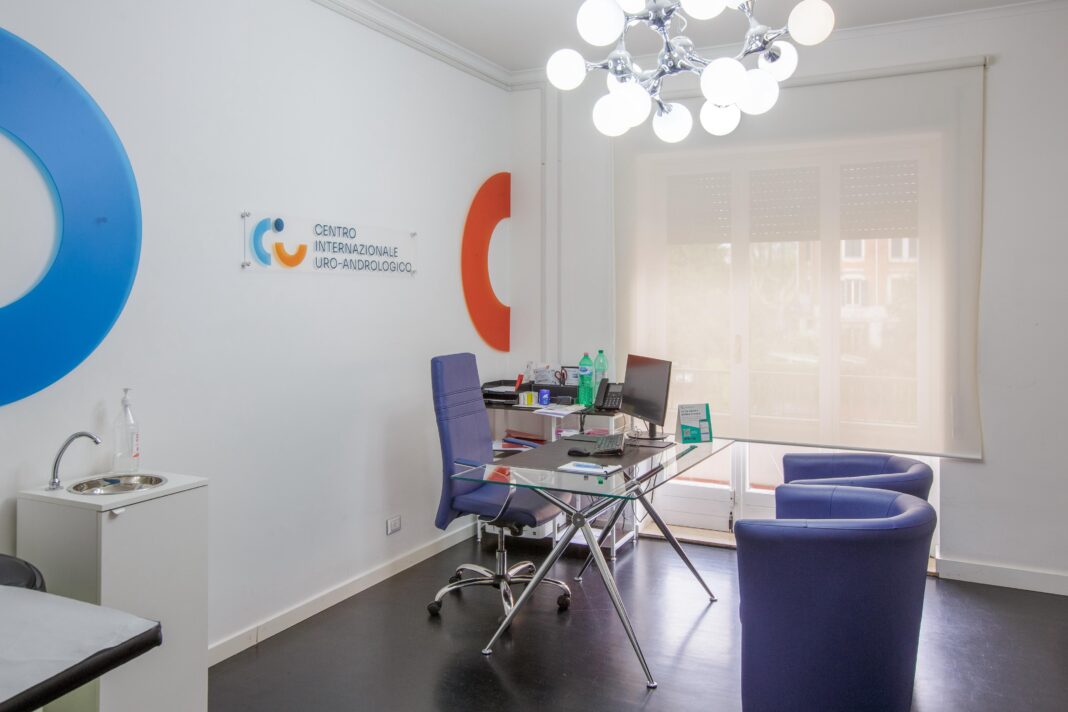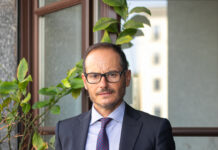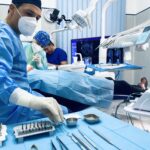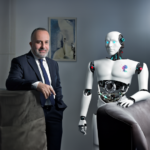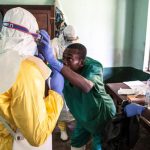Founded in 2023 and led by GAVEFER Srl, the International Uro-Andrological Center was created with the goal of placing the individual and their health back at the heart of medical practice, moving beyond a corporate-style approach that risks reducing the patient to a mere number. At the helm of the project is Mr. Raffaele Ferrara, founder and CEO of the company, who has built a center of excellence supported by a team of top-level urological specialists. The mission is to provide comprehensive and personalized care capable of meeting diverse clinical needs through integrated and effective treatment pathways.
By Roberta Imbimbo
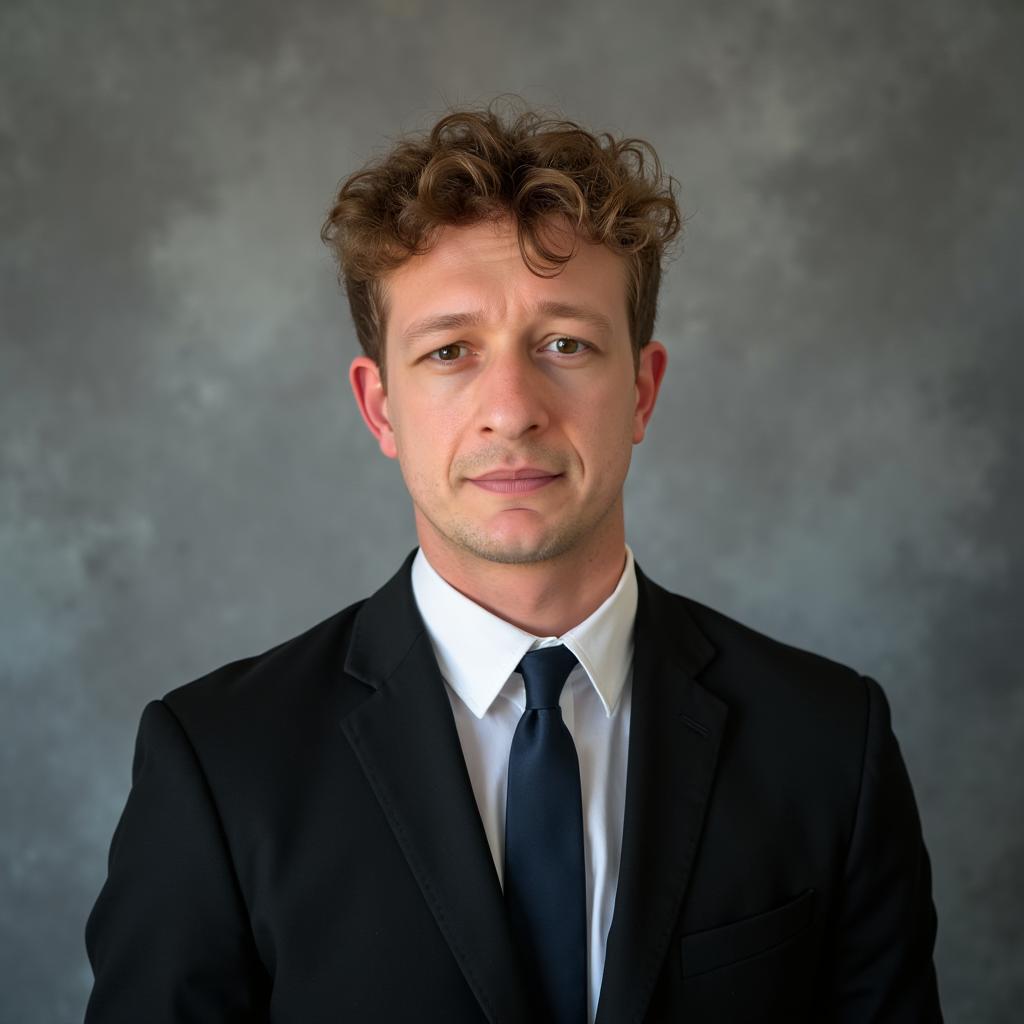
Mr. Ferrara, as founder and CEO of the International Uro-Andrological Center, what vision guided you in creating this institution, and what do you believe makes your Center a reference point in the national urological landscape?
My vision stems from both personal and professional experience that led me to observe how modern medicine often risks drifting away from the individual. With the International Uro-Andrological Center, I wanted to create a place where the patient truly returns to the center of the care pathway: welcomed, listened to, and followed with attention and respect — not just as a clinical case, but as a human being. Our strength lies in the integration of technological innovation, clinical excellence, and human connection. We chose to collaborate with top-tier specialists to offer solutions that are both effective and sustainable in the patient’s daily life. For me, the Center represents the result of an ethical and professional project that looks to the future of healthcare with responsibility and passion.
Your management approach and the philosophy of the Center highlight how central the quality of care is to your work. Focusing now on the pathologies you treat, let’s begin with one of the most common: BPH. Prof. Garaffa, what is BPH and why is it so widespread?
BPH (Benign Prostatic Hyperplasia) is an extremely common condition characterized by the benign enlargement of the prostate, typically occurring after the age of 50. Although it is not a cancerous disease, BPH can cause a range of symptoms that significantly impact the patient’s quality of life. The most common include difficulty starting urination, a sensation of incomplete bladder emptying, frequent urination — especially at night — and a weak urinary stream. If left untreated, BPH can also affect psychological and sexual well-being, influencing personal comfort and relationships. This is why it is essential to promote regular urological check-ups starting at age 50, or earlier in cases of symptoms or family history.
How is BPH managed at the International Uro-Andrological Center?
We adopt an integrated, tailored approach. It begins with a comprehensive evaluation, including specialist tests such as transrectal prostate ultrasound, uroflowmetry, and PSA measurement. Based on the diagnosis, we develop a personalized treatment plan that may include drug therapy, minimally invasive procedures, or surgery when necessary. The goal is always the same: maximum effectiveness with minimal impact on the patient’s daily life.

Dr. Venturino, one of your specialties lies in minimally invasive techniques. Could you tell us more about them?
We use advanced methods that allow us to treat BPH without compromising sexual function. For example, the Rezum technique uses water vapor to reduce prostate tissue, while Optilume employs an endourethral balloon that releases a medication acting locally on the tissues, maintaining urethral patency and preventing progressive obstruction — a typical consequence of BPH. These approaches help preserve ejaculatory function and drastically reduce recovery times, avoiding hospitalization and minimizing surgical trauma. It’s a more respectful and modern way to treat a very common condition.
Mr. Ferrara, what are the future prospects for the International Uro-Andrological Center?
To grow in quality, not quantity. We aim to strengthen our model of integrated medicine, expand collaborations, and introduce new technologies. Most importantly, we want to continue raising public awareness about the importance of urological prevention — because the first step in healing… is knowing.






